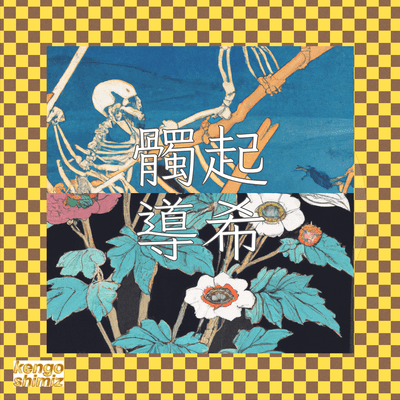
dokidoki
Music available for YouTube Shorts
×1
FourStrings-One (2023-0217)
2
FourStrings-Two (2023-0218)
3
Trio-One (2023-0219-1)
4
Trio-Two (2023-0219-2)
5
Otemoyan (feat. HATSUNE MIKU) [2022-0808]
6
Hohai_Bushi (feat. HATSUNE MIKU) [2022-0727]
7
Kizaki_Bushi (feat. HATSUNE MIKU) [2022-0808]
8
Hakata_Komori_Uta (feat. HATSUNE MIKU) [2022-0718]
11
2022-0609-1
12
2022-0610-1
13
2022-0611-1
14
2022-0612-1
18
2022-0906
20
2022-0928-1
21
20220928-2
24
2022-1010-1
25
2022-1010-2
26
2022-1014
27
2022-1017
30
2022-1105-2
33
2022-1227-1
34
2022-1227-2
41
2023-0116-2
44
2023-0218
45
2023-0223
46
2023-0305-1
47
2023-0305-2
50
2023-0316-1
51
2023-0316-2
52
2023-0322
53
2023-0324-1
54
2023-0324-2
56
2023-0325-1
58
2023-0327
59
2023-0415-1
60
2023-0415-2
62
2023-0416-2
63
2023-0417
66
2023-0420
67
2023-0426
Track List
※ Preview may take some time.
※ Preview is not available for songs under copyright collective.
Latest Rank In
dokidoki
Past Rank In
dokidoki
FourStrings-One
Trio-One
2022-0607-1
THOUSAND KNIVES
2023-0325-1
Artist Profile
kengoshimiz
kengoshimiz is an artist born in 1996. I completed my Bachelor's degree at Musashino Art University in 2019. I started making clothes when he was a high school student, and learned the basic concept and process of creating works of art by making clothes for about 10 years. Currently, I am creating artwork using music as my main medium, which I have been doing at the same time as making clothes. Kengoshimiz's work begins with a focus on "structure" and "system". Currently, I am mainly researching and creating compositional systems of traditional Japanese music. Although traditional Japanese music has a theory of scales and rhythm, there is no specific theory of composition. By clarifying this part of the system, I believe it will be possible to analyze the structure of past Japanese traditional music and create new music developed from Japanese traditional music. In addition, Japanese traditional music has developed along with dancing, acting, and literature, and not many of them have developed only with music. In order to approach such aspects, kengoshimiz utilizes programming languages to practice synchronization not only with music, but also with video and other media.
























































